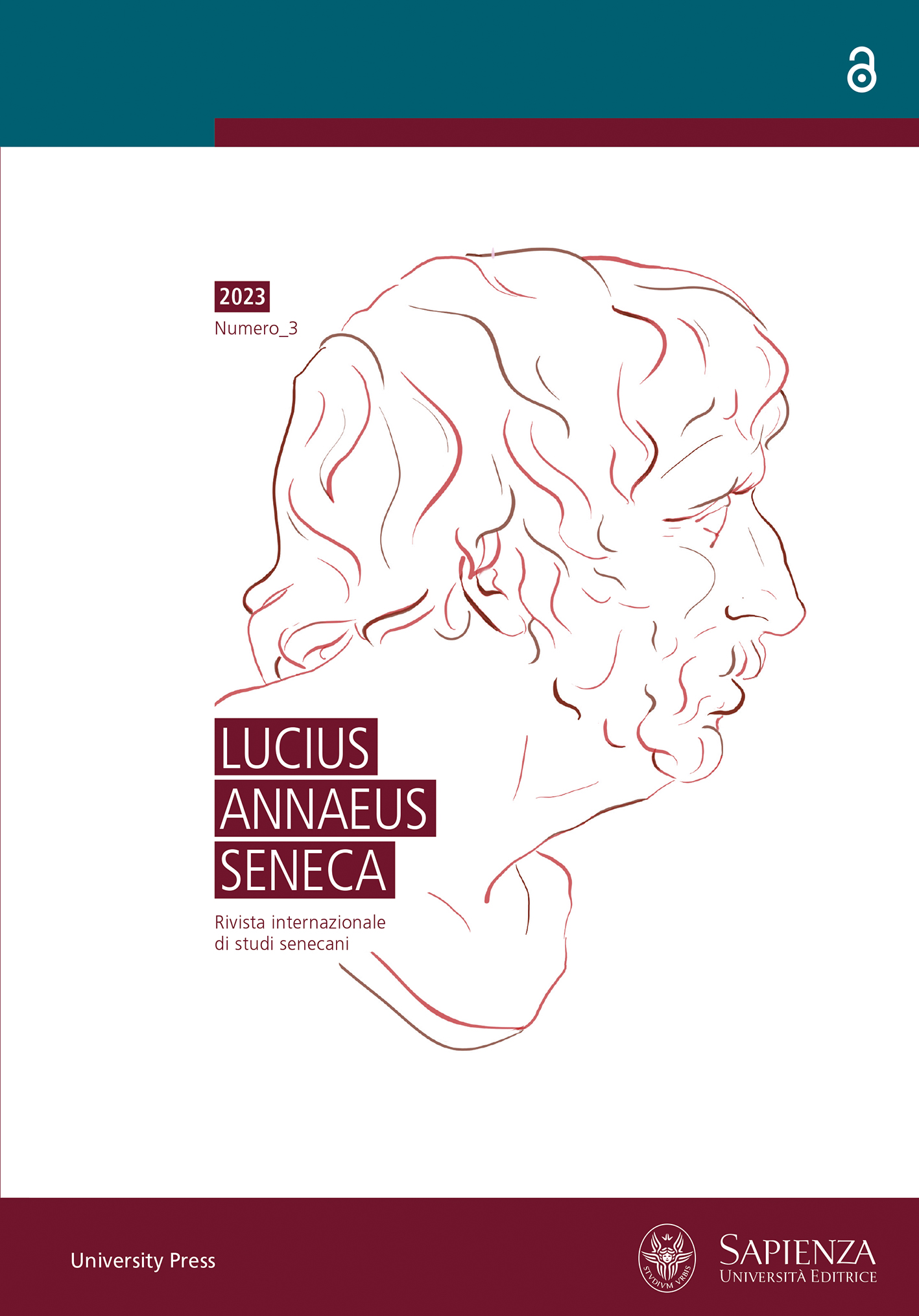It’s not the End of the World: Exile and Apocalypse in Seneca Moral Epistles 9.16
DOI:
https://doi.org/10.13133/2785-2849/2791Abstract
This paper investigates the analogy Seneca makes between the life of the sage when forced into solitude through exile or incarceration and the contemplative state of Jupiter after the ekpyrosis and before the rebirth of the cosmos. I argue that this passage is innovative and important for several reasons. Rather than using the end of the world to accept death as Seneca does in other texts, in this letter Jupiter’s solitude after the world conflagration is employed as a model for how to live well and self-sufficiently while being alone. Jupiter’s solitary contemplation takes place in a period outside of the regular workings of nature, an idea that is not found in other Stoic texts. This vision of Jupiter as the contemplative last being in the cosmos anticipates the modern apocalyptic trope of ‘The Last Man.’##submission.downloads##
Pubblicato
2023-12-23
Come citare
Star, C. (2023). It’s not the End of the World: Exile and Apocalypse in Seneca Moral Epistles 9.16. Lucius Annaeus Seneca, 3, 5–22. https://doi.org/10.13133/2785-2849/2791
Fascicolo
Sezione
Articoli
Licenza
Copyright (c) 2023 Christopher Star

Questo lavoro è fornito con la licenza Creative Commons Attribuzione - Non commerciale - Condividi allo stesso modo 4.0 Internazionale.


